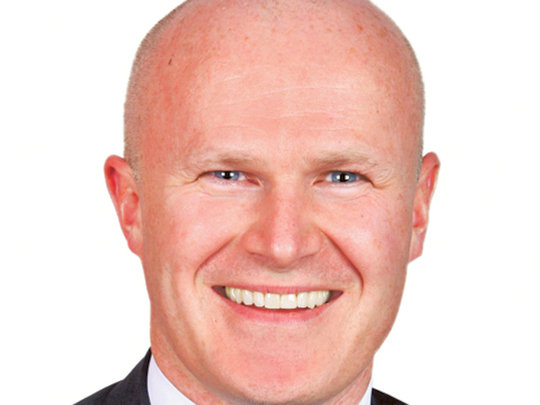
Dubai: National Bank of Abu Dhabi has a couple of more mandates for its sukuk or bonds issuance before Ramadan before dealing with a strong pipeline in the second half of the year, Andy Cairns, head of debt capital markets, National Bank of Abu Dhabi told Gulf News.
The bank participated in 18 transactions so far in the year, in addition to Bank of Sharjah’s $500 million (Dh1.8 billion) debut five-year that was priced at mid-swaps of 175 basis points.
“We certainly had a very strong start to the year. We printed 18 transactions across our bonds and sukuk franchise. We had strong performance on the loan side. We are closing another couple of trades before Ramadan, and our mandated pipeline for the second half of the year is very good,” Cairns said.
He declined to give further details as the information was not in public domain.
“The second half just amounts to three and a half months. There is a lot of focus from issuers who haven’t already enter the market from the year to date, but may want to enter the market ahead of any anticipated rate hikes from Federal Reserve. That would be the driving force,” Cairns added.
Robust liquidity:
“The liquidity backdrop in the region remains very robust, and the transactions are routinely being multiple times oversubscribed. We remain at the bottom of the rate cycle, so they would try to lock in money at these levels,” he said.
“We have seen an increase in the number of transactions, and the aggregate issuance quantum. We have seen a noticeable increase in private placement issuance as well on year to date basis. They are not focused on participating in public deals, but are looking to negotiate for their own portfolios, and that’s a sign of an increasingly sophisticated and maturing of markets,” he added.
The market has witnessed wide and a cross section of issuance year to date, including Tier 1 transactions, corporate issuance, but devoid of any sovereign issuances.
There continues to be a very significant amount of liquidity represented among investors that are looking to be recycled into assets.
Pricing continues to be trend downwards, he said, adding there is a relative scarcity of assets and abundance of liquidity, so that demand supply equilibrium is driving the market lower.
But despite falling crude oil prices, there has not been any reversal in liquidity trend, but Cairns remain ‘extremely constructive’ of the new issue environment.
There are expectations that Oman may come out with an international sukuk in the second half of the year. The two most impacted sovereigns would be government of Oman and Bahrain, he said.
“We are unlikely to see any bond issue from Saudi Arabia or UAE.
In low oil price environment, there is no problem with liquidity, as there is a high level of government reserves,” he added.











